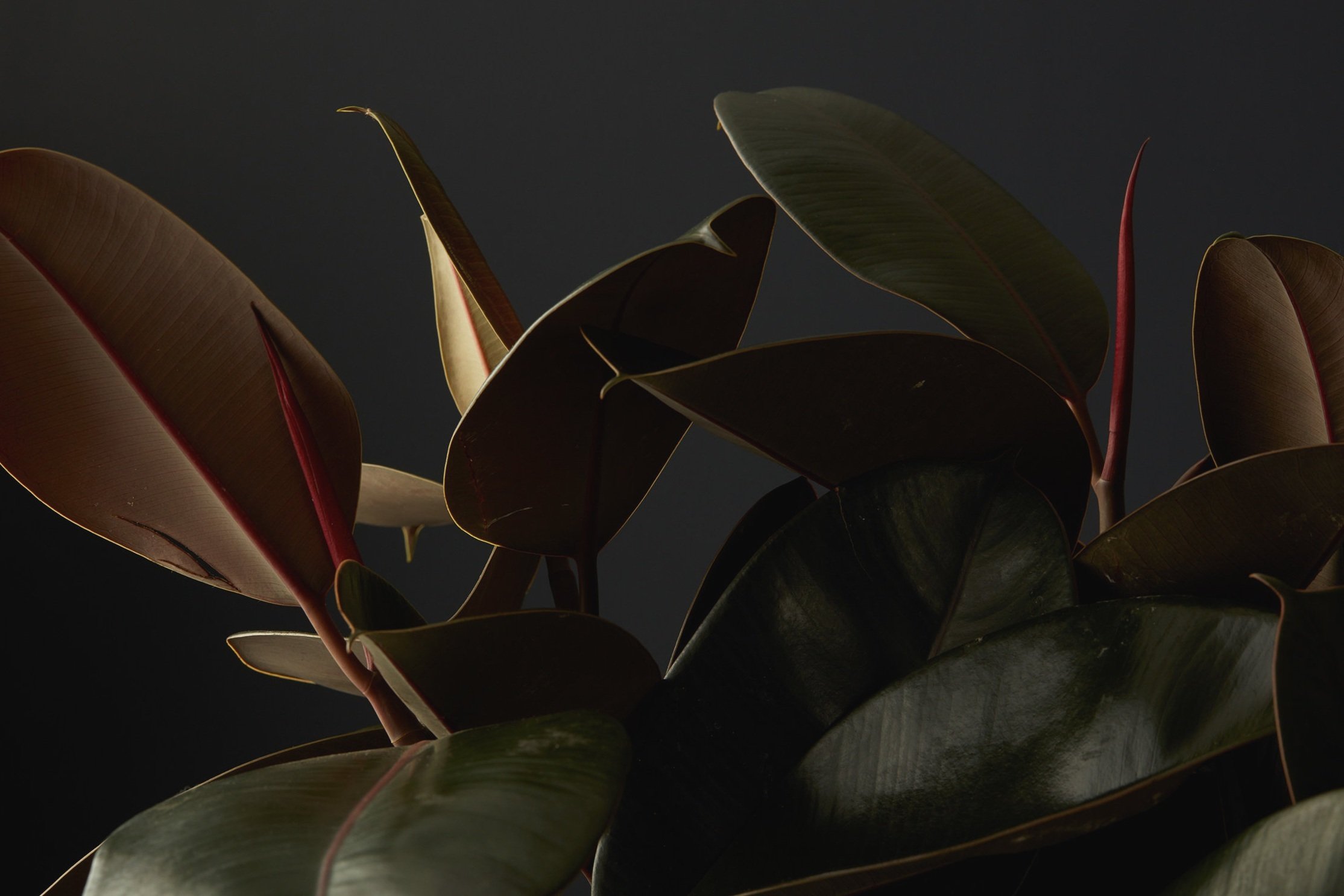Smart Pets
Magazine design and layout for a pet-themed traditional print media.
The Brief
This project is a visual project that aimed to create a double exposure project in Adobe Photoshop and use the artwork as a print medium. I prioritized the cohesiveness of colors and aesthetics and I opted to choose a magazine cover and design with text overlays that resonate with the hero image.
The Concept
Pet Magazine featuring my own pet photograph.
Photography & Image Processing
The Brand: Smart Pets
This magazine cover features a vibrant and engaging composition that instantly captures the essence of the magazine. The background is a soft pastel color, creating a warm and inviting atmosphere. The title, "Smart Pets Magazine," is prominently displayed in modern, serif font at the top of the cover, exuding a sense of fun and friendliness.
The Goal
Overall, the pet magazine cover aims to evoke warmth, happiness, and a deep appreciation for the companionship and love pets bring into our lives.
Target Audience
Local pet stores that need print marketing materials..
Challenges and Roadblocks Faced
Designing for print requires considering technical specifications such as color modes, image resolution, bleed areas, and file formats. Understanding these requirements and working within them can be a challenge, especially for designers new to print production.
Choosing the right fonts, sizes, and placement for headlines, subheadings, and other text elements is essential for guiding the reader's attention and conveying the magazine's message effectively. Achieving an optimal hierarchy while maintaining visual harmony can be a challenge.
Image reflection and spot-healing
Raw Images Used
SMART PETS featuring HEISENBERG
Project
Smart Pets
Year
Sep 2022
NEW MEDIA TECHNIQUES APPLIED
Tonal and colour correction
•
Masking
•
Double exposure layers
•
Metadata application
•
Tonal and colour correction • Masking • Double exposure layers • Metadata application •

Double Exposure Image
Double exposure is a photographic technique that involves combining two or more images into a single photograph. Traditionally, it was achieved by exposing the same section of film or photographic plate multiple times, resulting in overlapping or superimposed images.
In the digital era, double exposure can be created using image editing software, such as Adobe Photoshop. By layering and blending two or more images together, you can create a composite image that combines elements from each photograph.
The result of a double exposure image is a visually intriguing composition where the elements from the different images merge or overlay, often producing a surreal or dreamlike effect. Common subjects for double-exposure photography include landscapes, portraits, and abstract compositions.
WHY CREATE ONE?
Double exposure techniques offer opportunities for artistic expression, allowing photographers to convey emotions, narratives, or symbolic representations. It can be a powerful tool to explore the relationship between different elements, create visual metaphors, or simply produce visually striking and unique images.
Softwares Used
-
Photo editing and retouching images
-
Photo creative filters



